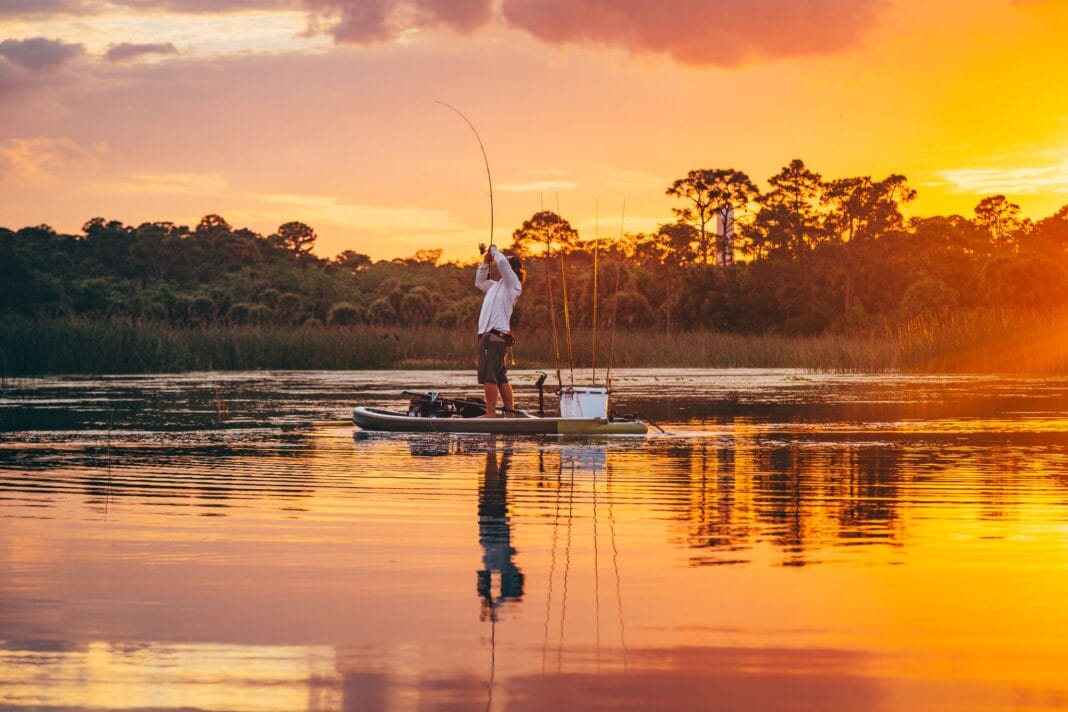Fishing is not just a hobby; it’s a passion for many, offering a wonderful way to relax, enjoy nature, and maybe even catch dinner. However, to enhance your fishing experience, knowing where to fish is crucial. Let’s explore how to discover the best fishing spots in your area.
Understanding Your Target Fish
Identify the Species
The first step in finding the perfect fishing location is knowing what kind of fish you want to catch. Different species of fish prefer different types of environments. Some thrive in freshwater lakes, while others are more prevalent in saltwater or brackish regions.
Learn Their Habits
Each fish species has unique feeding habits and preferred habitats. Some fish like to swim in shallow waters, while others prefer deeper areas. Understanding these patterns, such as feeding times and spawning seasons, can provide insights into where to catch them effectively.
Research Tools and Resources
Online Tools and Apps
Several apps and websites can aid in finding fishing spots. Apps like Fishbrain or iAngler are valuable for their user-generated content, including maps, recent catches, and tips. Google Maps can be particularly useful for exploring nearby bodies of water.
Local Fishing Reports
Many local and state conservation or wildlife departments offer regular fishing reports, which can be invaluable. These reports provide updated information on fish populations, recent catches, and fishing conditions in various locations.
Social Media Groups and Forums
Join local fishing groups on social media platforms or online forums. Experienced anglers often share their favorite spots and insights on where to catch specific types of fish. These communities can be a great resource for tips and updates in your area.
Explore Your Local Area
Visit National and State Parks
National and state parks often have excellent fishing spots which are well-maintained and regulated. These areas not only offer fishing opportunities but also boast beautiful landscapes and recreational facilities.
Check Local Lakes and Ponds
Small lakes and ponds, often overlooked, can be excellent fishing spots. Check with local authorities about fishing regulations and fish stocking information, which can sometimes indicate the presence of healthy fish populations.
Rivers and Streams
Rivers and streams offer a dynamic fishing experience with varying water currents and depths. Explore different sections of a river to find where fish like to congregate.
Analyze Environmental Factors
Water Temperature and Clarity
Water temperature plays a significant role in fish behavior. Fish are cold-blooded animals, meaning their activity levels are affected by the temperature of the water. Clear water might allow fish to see your bait more quickly, while murky water might offer cover, requiring different strategies.
Weather and Season
Understanding the weather and seasonal changes can greatly impact your fishing success. Fish tend to be more active during certain times of the year and specific weather conditions, like before a storm or during overcast skies.
Seek Local Expertise
Visit Local Bait and Tackle Shops
Local bait and tackle shop owners and staff are often knowledgeable about the best fishing locations nearby. They can provide firsthand insights into what’s working and where, plus recommend the right gear.
Hire a Local Guide
Hiring a local fishing guide is a wise investment, especially if you are new to an area or fishing. A guide will not only take you to the best spots but will also impart valuable local techniques and knowledge.
Follow Legal and Ethical Considerations
Adhere to Local Regulations
Ensure you have the necessary fishing licenses and are aware of any regulations specific to the area. This includes size and catch limits, seasonal restrictions, and protected areas.
Practice Catch and Release
To preserve fish populations, consider catch and release, especially in overfished areas. Use barbless hooks and proper handling techniques to ensure the fish’s survival after release.
Finding the best fishing locations near you involves a blend of research, local knowledge, and a bit of exploration. By understanding your target fish, utilizing modern tools, and consulting local experts, you’ll not only enhance your fishing experience but also contribute to the sustainability and enjoyment of fishing for future generations. Happy angling!



